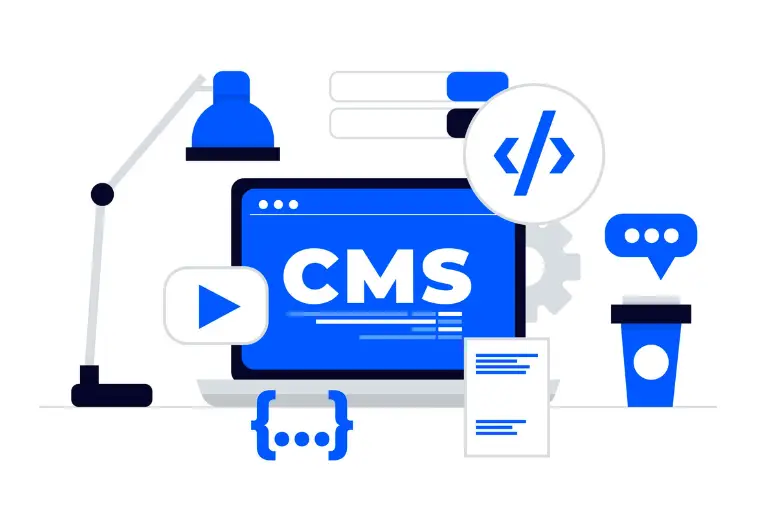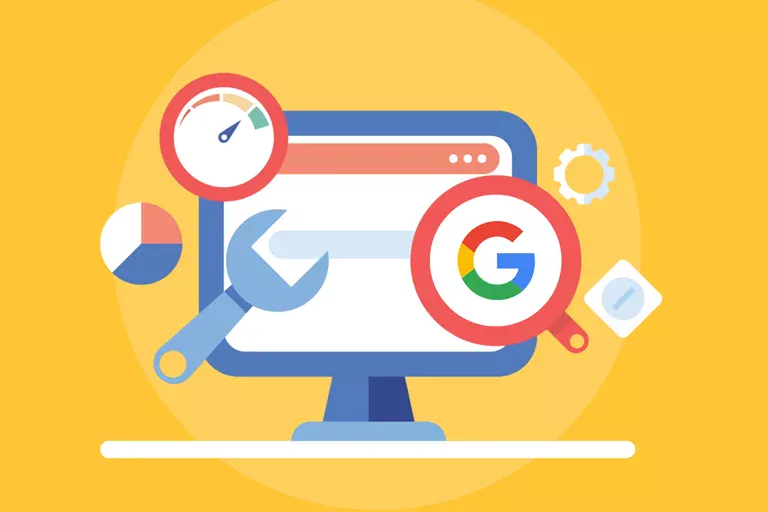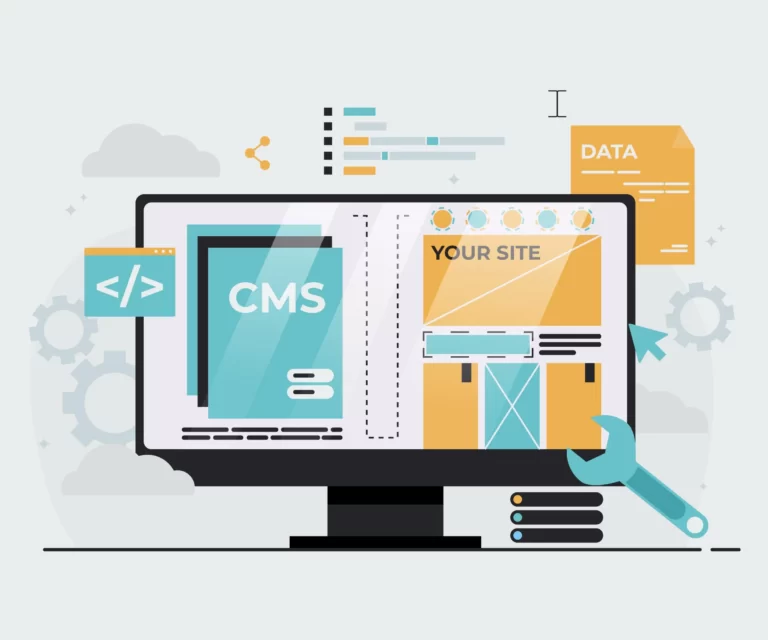WordPress for Beginners
In today’s high-speed digital age, an internet presence is no longer a nicety—it’s a necessity! Whether your desire is to have a personal blog, build a business website, or set up an online store, WordPress is your one-stop answer. And the good news? You can begin absolutely for free! Within this tutorial, we will show you what WordPress is, how to use it, and why WordPress is perfect for beginners.
What Is WordPress?
WordPress is an open-source, free content management system (CMS) that allows you to build websites, even if you have no knowledge of coding. Since its release in 2003, WordPress has grown into the software that powers over 40% of all websites online.
How Does It Work?
At its core, WordPress is based on PHP and MySQL, which work together to display your content dynamically. When someone comes to your site, WordPress retrieves the necessary data from the database, processes it, and displays a fantastic webpage.
What Is the Difference Between WordPress.org and WordPress.com?
Understanding the difference between WordPress.org and WordPress.com is critical:
WordPress.org (Self-hosted) – Install free WordPress software and host it yourself. It offers complete control, limitless customization, and access to thousands of free plugins and themes.
WordPress.com (Hosted) – An easier alternative which hosts your site for free but limits customization and monetization. Paid plans open up more features.
For ultimate flexibility, freedom, and growt, WordPress.org is the choice!
Why Choose Free WordPress?
If you are reluctant to switch to WordPress, here’s why it is perfect for beginners:
- User-Friendly Interface – No coding required! WordPress features a simple dashboard for effortless website management.
- Unlimited Customization – Use thousands of free templates and plugins to design your dream website.
- Search Engine Optimized – WordPress is Search Engine Optimized, so your website will rank higher on Google.
- Mobile-Reactive – Your website will look awesome on all devices, from desktop computers to phones.
- Vibrant Community – Get around-the-clock support from tens of millions of users and creators.
How to Start with Free WordPress
Follow the following easy steps to get your WordPress website online today:
- Select a Domain & Hosting – Purchase a domain and choose a low-cost or free hosting solution.
- Get WordPress Installed – Many hosts include a one-click WordPress install.
- Pick a Theme – Browse free WordPress themes for the ideal look.
- Install Must-Have Plugins – Enhance functionality with free must-have plugins such as SEO tools, security, and contact forms.
- Add Content – Begin adding blog posts, pages, and multimedia to attract your audience.
Optimizing Your Free WordPress Website
Want to make your WordPress site faster, stronger, and more visible? Follow these power tips:
- SEO Optimization – Use a free SEO plugin such as Yoast SEO to enhance rankings.
- Mobile Responsiveness – Employ a mobile-friendly theme to make the user experience better.
- Image Compression – Compress images to increase site speed and performance.
- Caching Plugins – Speed up your site with free caching plugins like WP Super Cache.
- Regular Updates – Keep your themes, plugins, and WordPress core regularly updated for security and performance.
5 Must-Have Free WordPress Plugin
- Yoast SEO – Boost your site’s SEO for improved rankings.
- Akismet – Spam-proof your site easily.
- WooCommerce – Make your site an online shop (free!).
- Contact Form 7 – Add a contact form in minutes without needing to code.
- UpdraftPlus – Automatically back up your site to protect your data.
Common WordPress Issues and Solutions
- White Screen of Death (WSOD) – Plugin conflicts or memory limits. Turn off plugins individually.
- Internal Server Error – Fix by resetting your .htaccess file or increasing PHP memory.
- Database Connection Error – Check your database credentials in the wp-config.php file.
- 404 Not Found – Update your permalink settings in WordPress.
- Connection Timed Out – Optimize performance by disabling resource-hungry plugins.
Frequently Asked Questions (FAQs)
Is WordPress really free?
Yes! WordPress itself is 100% free to use. But you might have to pay for domain registration, hosting, and premium themes/plugins if you need extra features.
Can I earn money with a free WordPress website?
Absolutely! You can monetize your WordPress website by using ads, affiliate marketing, sponsored posts, or by selling digital products and services.
Do I need coding skills to use WordPress?
No! WordPress is a cinch to use. Its built-in themes, plugins, and drag-and-drop editors make building sites a breeze.
What are the best free WordPress themes?
Some of the best free WordPress themes include Astra, OceanWP, Neve, and GeneratePress—all speed and customization-optimized.
Can I move WordPress.com to WordPress.org?
Yes, you can migrate your site at any time from WordPress.com to WordPress.org for greater customization and monetization flexibility.
How do I secure my WordPress website?
Use security plugins like Wordfence, two-factor authentication, update WordPress regularly, and secure hosting provider.
How long does it take to create a WordPress website?
With a pre-designed theme and essential plugins, one can have a basic WordPress website ready in less than an hour! Customization and content creation will be time-consuming.
Is Free WordPress Still Worth It in 2025?
Absolutely! WordPress remains the #1 website builder, continuously evolving with new features, security updates, and community support. Whether you’re a beginner or a pro, WordPress provides the perfect balance of simplicity, power, and affordability.




